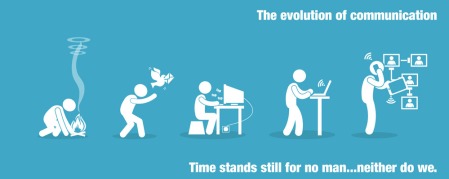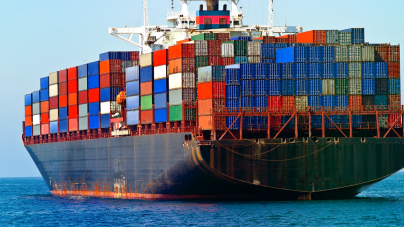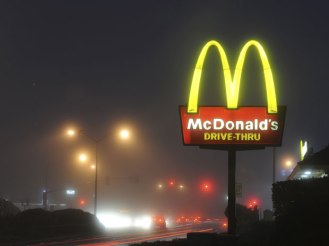Globalisation “is characterised by a worldwide increase in interdependence, interactivity, interconnectedness and the virtually instantaneous exchange of information” (O’Shaughnessy and Stadler, 458). Advancements in communication and transport technology have led to the emergence of a global culture by breaking down international borders and reducing distance. This reflects how interconnected and globalised the world has become.
Advances in communication technology have made the world a smaller place and has played a major role in the expansion of globalisation. It’s not that long ago that communication from the US to Europe took up to 10 days via ship. The transatlantic telegraph cable which came online on August 16, 1858, cut the time down to just minutes. This was an incredible leap towards a more globalised word bringing countries and national identities closer together. In recent years, information technology has made significant advances due to the internet. Advances in smaller more efficient technology from mobile phones to GPS has revolutionised communication. We can now communicate with every corner of the globe, whether it is by dialling a number or sending an email. Distance is no longer a factor.
Technological development in transportation in road, rail, sea and air travel has also reduced distances and has played a major role in our ability to trade and travel. It is an essential element in the world’s interconnectedness. Trading has been revolutionised since the time of the Silk Road, thanks to the key invention of the shipping container. Trade since 1965 has dramatically increased and is now more international and convenient with increasing amounts of ports around the world exporting and importing products. This allows for consumers to buy products from anywhere in the world and have it shipped right to their doorstep. This is the epitome of a globalised world.
Advancements in communication and transportation has resulted in the emergence of a global culture. We can begin to see a cultural homogenisation through things like film, food, ideas and religions. Cultural differences are reduced and cultural imperialism is set. We begin to see the domination of the Western culture. This is evident in companies like McDonalds which enters a country and unifies consumers with a standardised menu as does Starbucks with coffee and Coca Cola with beverages. And it’s not just the food and beverage industry being dominated. We can also see examples through film, especially Danny Boyle’s 2008 film ‘Slumdog Millionaire’ which portrays India’s ideals with a Westernised take.
Our continuing advancements have globalised this world, bringing people of all cultures into a closer community. Globalisation is dynamic and will continue to influence our everyday lives.
Lukas Stergiou
Reference:
O’Shaughnessy, M and Stadler, J (2008) ‘Globalisation’, Media and Society (fifth edition) Oxford: Oxford University Press, p 458
https://www.exeter.ac.uk/eventexeter/wp-content/uploads/2014/05/Evolution-Infographic.jpg
https://janastani.files.wordpress.com/2012/04/mcdonalds2.jpg
http://www.aliveasart.com/wp-content/uploads/2009/03/slumdog_millionaire_2008_342_poster.jpg



